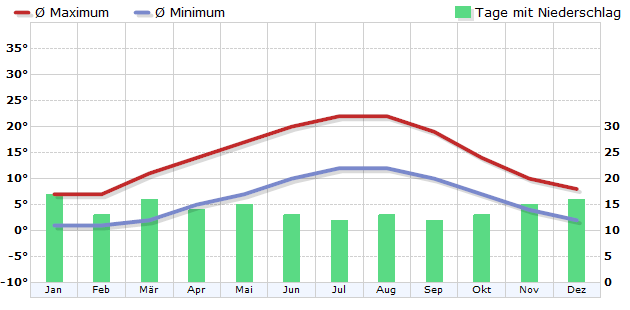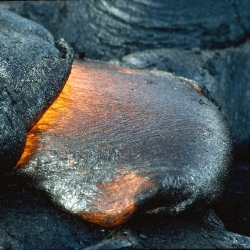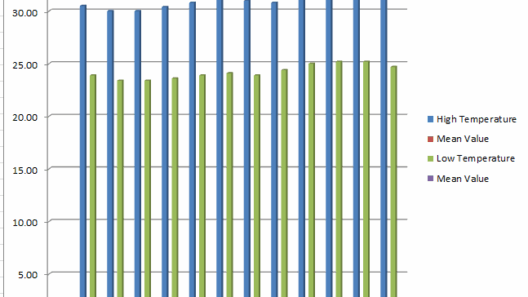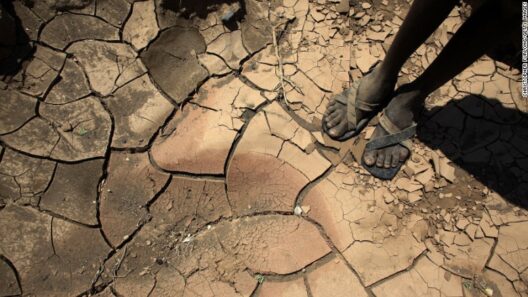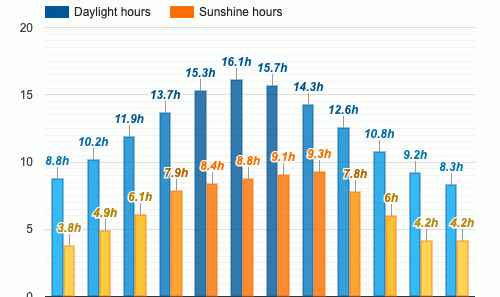The climate of the United Kingdom is emblematic of temperate maritime conditions. This unique classification arises from the conjunction of diverse geographical features, oceanic influences, and atmospheric phenomena. Together, these elements create a patchwork of microclimates that not only define local weather patterns but also shape the sociocultural fabric of the UK. Understanding the nuances of this climate invites a paradigm shift in how we perceive the interaction between geography and human activity.
The United Kingdom, an archipelago comprising England, Scotland, Wales, and Northern Ireland, is surrounded by the Atlantic Ocean, the North Sea, the English Channel, and the Irish Sea. This positioning bestows upon it a maritime climate, characterized by moderate temperatures, substantial humidity, and frequent precipitation. The warming effects of the Gulf Stream are significant, as they sweep northward from the tropics, elevating the average temperatures across the region and tempering the extremes.
In Britain, the climate can often be described as unpredictable, making it a land of contrasts. Summers are generally mild, while winters are relatively cool, a pattern that contributes to the lush greenery for which the countryside is famous. Yet, within this overarching framework, there exists considerable variation across the different regions. The peninsular expanse of Cornwall experiences some of the warmest weather, while the northern highlands of Scotland are notorious for their chill and precipitation.
As we traverse the landscape, the climatic vicissitudes reveal themselves. The southern regions, such as the South East and East Anglia, enjoy a drier climate compared to their western counterparts. Here, the relatively flat terrain allows for warmer temperatures and decreased rainfall. In contrast, the west, particularly Wales and the western fringes of Scotland, are shrouded in the veil of dampness, with the mountains acting as sentinels to the formidable Atlantic gales. These regions experience some of the highest rainfalls in the UK, making them lush and verdant—landscapes dotted with picturesque lakes and flowing rivers.
Temperature ranges throughout the UK can be surprising. On average, winter temperatures hover around 0 to 8 degrees Celsius (32 to 46 degrees Fahrenheit), while summer temperatures often reach 20 to 30 degrees Celsius (68 to 86 degrees Fahrenheit). This mild range is conducive to a variety of ecosystems, from coastal heathlands to expansive woodlands. Interestingly, despite its proximity to the Arctic Circle, the UK’s climate is temperate, resisting the extreme cold prevalent in similarly latitudinal regions, such as parts of Scandinavia or Russia.
An examination of precipitation patterns reveals that the United Kingdom is one of the wettest regions in Europe. An average annual rainfall of approximately 1,200 millimeters (47 inches) is common across the country, with peaks in places like the western highlands of Scotland, where annual totals can exceed 3,000 millimeters (nearly 118 inches). Much of this precipitation falls in the form of drizzle, rather than torrential downpours, often contributing to the perception of a perpetually humid atmosphere.
Seasons are distinct yet often blurred in terms of traditional marking. The transition from winter to spring is often gradual; however, spring bursts forth with vibrant blooms and a renewed vibrancy in flora and fauna. Autumn, too, presents a striking tapestry of colors, as deciduous trees shed their leaves in a brilliant display before winter sets in. Summer, while considered the warmest season, can often veer into the realms of unpredictability, punctuated by sporadic heatwaves or dramatic thunderstorms.
Climate change is quietly altering this landscape, allowing for the emergence of climate-reliant phenomena that demand urgent attention. Shifts in seasonal weather patterns, increased frequency of extreme weather events, and rising sea levels prompt questions about sustainability and ecological resilience. The UK’s dependency on agriculture and the natural environment underscores the necessity of understanding these changes. Crop yields, water supply, and biodiversity are delicately intertwined with climatic stability.
As we delve deeper into the implications of the UK’s climate, it becomes evident that proactive adaptations are essential. The UK has sought to engage with renewable energy initiatives, with wind and solar power emerging as prominent players in the quest for lower carbon emissions. Innovative architectural designs that embrace natural ventilation and rainfall capture, alongside increasing tree-planting initiatives, are fundamental to mitigating climate change impacts. Such transformations reflect a burgeoning shift in perspective regarding environmental stewardship.
The charm of the United Kingdom’s temperate climate belies an urgent narrative. As climate change continues to pose unprecedented challenges, a concerted commitment to fostering understanding and sustainable practices is crucial. From pragmatic energy solutions to the preservation of biodiversity-rich habitats, the implications of climate discourse directly affect the livelihoods of not only the current generation but also future societies.
In conclusion, the climate of the United Kingdom is a complex interplay of maritime influences, geographical diversity, and emerging challenges. It is an invitation to not only appreciate the natural beauty of the British Isles but to respect and protect the intricate systems that sustain them. The call for environmental consciousness is louder than ever, urging both individuals and communities to reframe their perspective on climate and its pivotal role in shaping the narrative of the nation.



